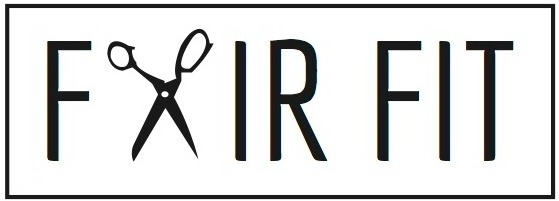Collars frame the face and neck, which makes them a focal point on your garment. They make or break a shirt, and if you want your collars to look professional and polished, they take some practice.
The method I am sharing with you today came from a seamstress who shared it with me to speed up the production of sewing multiple shirts. Its a real cheat, because unlike most collar techniques, once you have it constructed, you pop it on and sew it all in one step!










